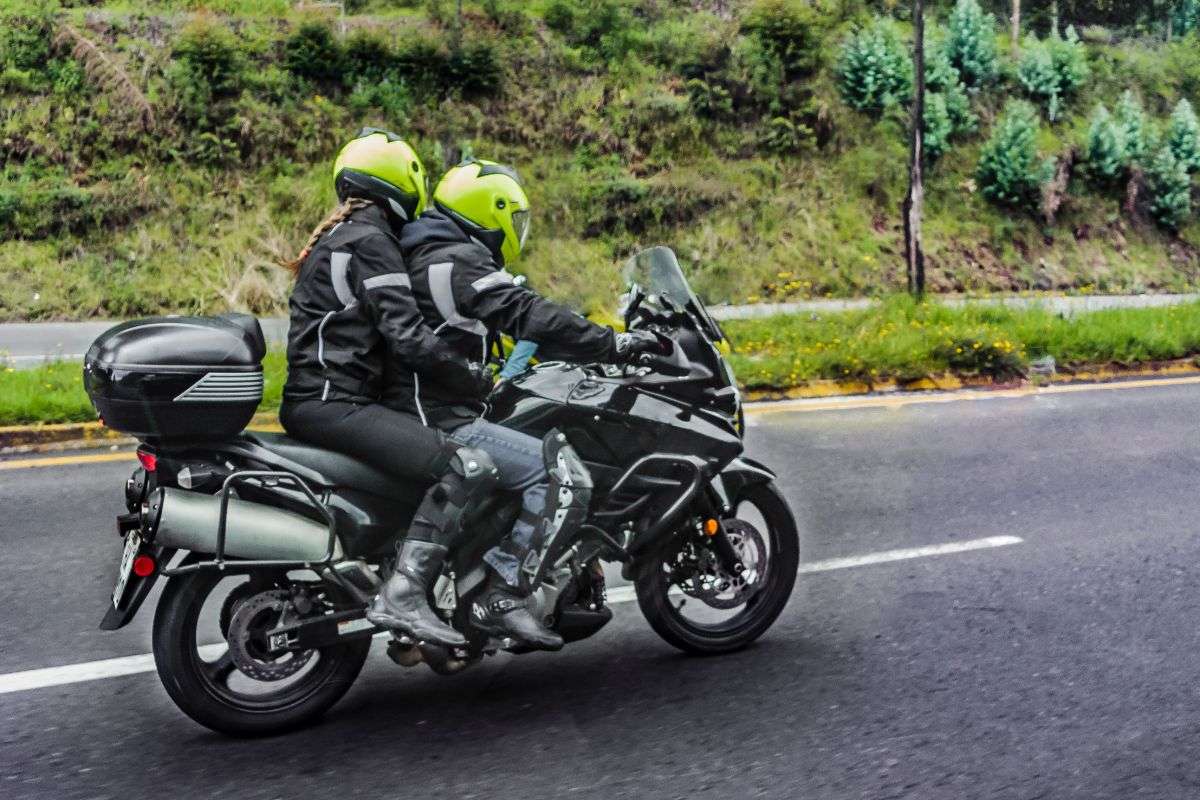The best thing about purchasing a new motorbike is enjoying its elegance.
It becomes much more exciting when you’re on top of the motorbike and it starts sliding left and right.
The most significant aspect is the feel of the leather and the softness of the cushion.
Once you start the motorcycle to prepare for a lovely trip, you’ll see that switching gear is perhaps the most difficult aspect.
A large number of motorcyclists frequently gather as a collective to study different techniques to switch gears on the motorbike.
Even people who have been riding for ages have only one fundamental issue: how to shift a motorcycle flawlessly.
Luckily, we already have the information and techniques you need to address this straightforward and remarkable subject of how to shift on a motorbike.
So, if you want to know the answer, keep on reading this article before you are ready to do some practice on your own!
Understand How To Shift A Motorbike
Let’s start from the beginning before we get to the heart of this issue.
When you begin changing gears, there will be three main controllers to use.
The clutch, gear selector, and throttle are the primary ones and those that must be used.
The throttle stimulates the engine, the clutch disengages the gearbox, and the gear selector assists you in selecting the appropriate gear levels.
Also read: How to Prepare for a Motorcycle Road Trip
To begin, move the clutch to your left hand to be able to get the engine running.
Make very sure you don’t move your motorbike forward while doing this.
The moment the transmission is in gear, let go of the clutch and your motorcycle will ride ahead on its own.
Techniques For Shifting
To shift your motorbike, simply take your hand off the clutch driving it to you.
Next, with your left foot, use the shift lever to choose the appropriate gear. Then, turn the throttle to supply the energy.
Now, carefully disengage the clutch without popping it.
It’s preferable to push the throttle whilst releasing it; this will assist your motorcycle in accelerating.
After then, you can ready the motors for acceleration for when you need to switch once more.
You will need lots of practice if you would like to master how to perfectly shift a motorbike.
The most crucial step is understanding your controls and adjusting to how they seem and operate.
You may begin by traveling in different environments such as underground parking lots, difficult terrains, quiet highways, as well as other areas to really get to know your motorcycle better.
Remember to stay careful and constantly be observant so that you can manage your motorcycle if something goes wrong.
Shifting gears is not as tough as it appears after a lot of practice.
When you learn how to gently release, throttle, and accelerate, the overall process will become way simpler.
When Should You Shift Your Motorcycle?

There is no fixed mathematical calculation that informs you about the best time to shift gears.
Nevertheless, do not begin in high gear.
The issue with shifting too soon is that you don’t have enough speed to accelerate properly.
The ideal timing to switch gears would be whenever the engine asks for it.
Also read: Harley Davidson Road Glide VS Street Glide: Top Differences
This is because you will have then generated enough traction and force to deliver the greatest level of acceleration.
And besides, the engine produces enough energy at varied RPMs, so you’ll have to trust your instincts to know when to switch gear.
Exploring Neutral Gear With The Motorcycle
Identifying neutral gear might be a difficult challenge for novices.
Nonetheless, if you want a good challenge, this may be the sport for you.
The transmission will require some work and care, but with a gentle hand, this operation may be readily completed.
The very first step is to slowly move the shifter down from the second gear.
Move the clutch fully in, otherwise, it may be difficult to get it to neutral. Look for a blinking green signal, which is the warning light.
The most typical challenge with shifting to neutral gear is moving into the first gear too quickly.
If necessary, you could use the heel of your shoe to keep you from putting more pressure.
With the required effort and patience, you will be able to shift into neutral gear with a few moves.
And, who knows? You might actually end up loving it!
Seamlessly Shifting
The most critical aspect of seamlessly shifting is being mindful of your motorbike’s movement.
If your motorbike jerks and shakes as you release the clutch, this shows you’re using too much force with your left hand.
If you’re lurching forward, you’re placing excessive pressure on the accelerator.
If you do not power the engine amid gear changes, your motorbike will begin to slow down.
To accomplish this successfully, you must concentrate on the throttle, clutch, and gear selection so as to coordinate a flawless shift.
Dropping Shifts Slowly
Decelerating includes downshifting as slowly as feasible. The correct method to accomplish this is to shift gears as you accelerate.
Choose a lower gear and release the clutch whilst stroking the throttle.
Once you do this, your motor will be able to stop effectively, and then you might be able to accelerate if the light changes color or the traffic problem goes away.
When you come to a halt, switch to neutral, press the brake, and change into the first gear.
The Bottom Line
Following all these tips and tricks, you should be able to learn how to shift a motorcycle with a little practice, of course, necessary on your behalf.
Remember that reading all these pieces of advice is one thing but putting it into practice is quite another.
It will take a lot of work and patience, but it will be well worth it.
In fact, you may wow your significant other by demonstrating your expert riding skills with your gear-shifting capabilities.

